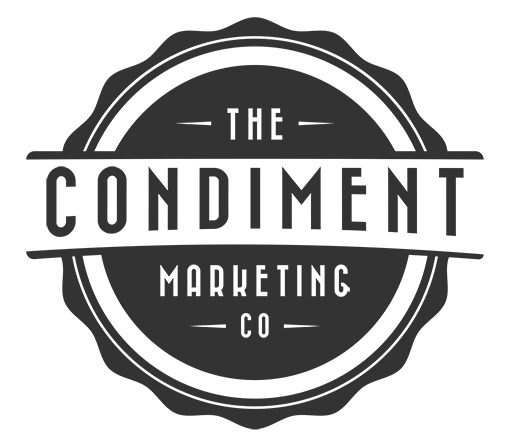Write what your clients want, make the search engines find you, and more.
Tip one – Need vs. want
Many businesses fill the pages of their Web site with what they think their visitors need to know, but rarely do businesses think about what the visitors actually want to know. Step back and review the basics: Can the customer easily contact you? Are the services, products, and prices readily found? Does your Web site copy actually say something or does it just talk about how great you are?
Tip two – Testimonials
Ask your customers or business partners to write a testimonial for you. There is no better way to have your praises sung than by an authentic customer review. If you can include a photo of that person, then that’s even better.
Tip three – Search engine optimization (SEO)
This is not just a buzzword. Not only do you need to write the content your customers want to know, but you have to make sure they can find you through a search engine. Here are a few bare bones rules to writing SEO content:
• Determine what keywords you should focus on. There are Internet marketing specialists that can help you with this. If that’s not in the budget, then focus on two or three terms core to your business that you think your customers are likely to search for.
• Include your keywords in the title of the page, headings, and in the first and last paragraphs of the page.
• Make sure to have enough content. One paragraph won’t do it; keep a minimum of 250 words on each page.
Tip four – Scannable copy
It’s important to avoid one long chunky page of text. Break up your copy with varied lengths of sentences, bullet points, subheadings, pictures, and quotes.
Tip five – Check your competitors
Sounds simple, but it’s important. Make sure you know what your competitors are offering on their site. If the business down the road has the time and weather for your area, maybe you should consider including the time and weather for the whole world on your site.
Tip six – Take aways
A great way to impress your Web site visitors is to provide them with a resource that they can download or print. Maybe it’s an eBook, maybe it’s a top ten list, or maybe it’s a step-by-step instruction on how to do something important (like baking cookies, for example). Whatever the take-away is, make sure your URL and logo are on the document so that if it is printed or e-mailed they will remember where it came from.
Tip seven – Don’t exclude anyone
It’s easy to use industry jargon or the word multifarious over and over again, but if you use complicated language you run the risk of isolating some of your visitors. Regardless of what your Web site’s purpose is, make sure you are welcoming to everyone.





